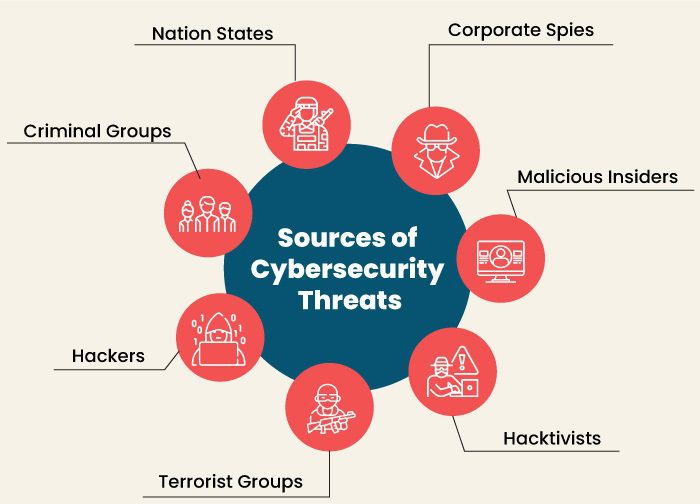Introduction:
In the rapidly evolving landscape of digital technology, the importance of computer security cannot be overstated. As organizations and individuals become increasingly reliant on interconnected systems, the threat of cyber attacks looms large. Among the myriad of cyber threats, one particularly insidious and sophisticated adversary stands out – the Advanced Persistent Threat (APT). In this article, we delve into the world of APTs, exploring their nature, tactics, and the critical importance of defense mechanisms against these persistent and formidable foes.
Defining Advanced Persistent Threats (APTs):
An Advanced Persistent Threat is a highly organized, sophisticated, and long-term cyber attack orchestrated by skilled adversaries with specific objectives. Unlike traditional cyber threats, APTs are characterized by their persistence, stealth, and the ability to adapt to changing circumstances. APT actors are often state-sponsored, well-funded, and possess advanced technical capabilities, making them formidable opponents in the digital realm.
Key Characteristics of APTs:
-
Long-term Engagement:
APTs are not opportunistic attacks; they are meticulously planned and executed over an extended period. This extended engagement allows attackers to carefully study their targets, gather intelligence, and patiently wait for the opportune moment to strike.
-
Stealth and Covert Operations:
APTs excel at remaining undetected within a target’s network. Attackers employ advanced evasion techniques, encryption, and camouflage tactics to avoid detection by traditional security measures, making it challenging for organizations to identify and mitigate these threats.
-
Targeted and Specific:
APTs are not indiscriminate. Instead, they target specific organizations, industries, or even individuals with a clear goal in mind, such as stealing sensitive data, intellectual property, or disrupting critical infrastructure. Understanding the motives behind APTs is crucial for effective defense.
-
Adaptive Tactics:
APTs are agile and adaptive, adjusting their strategies in response to evolving security measures. This adaptability allows them to persistently pursue their objectives, overcoming obstacles and exploiting vulnerabilities that may arise.
Common Tactics Employed by APTs:
-
Phishing and Social Engineering:
APTs often initiate their attacks through carefully crafted phishing emails or other social engineering techniques. These deceptive tactics aim to trick individuals within an organization into divulging sensitive information or inadvertently installing malware.
-
Zero-Day Exploits:
APTs leverage undisclosed vulnerabilities, known as zero-day exploits, to infiltrate systems. As these vulnerabilities are not yet known to the software developers or the public, APTs can exploit them before patches are developed, giving attackers a significant advantage.
-
Custom Malware:
APTs frequently develop custom-designed malware tailored to specific targets. These malicious tools are sophisticated, evasive, and difficult to detect using traditional antivirus solutions.
Defense Mechanisms Against APTs:
-
Continuous Monitoring:
Implementing robust monitoring and detection systems is crucial for identifying unusual activities within a network. Real-time analysis of network traffic, user behavior, and system logs can help detect APTs in their early stages.
-
Employee Education:
Educating employees about the risks associated with phishing and social engineering is paramount. Human error remains a significant factor in successful APT attacks, and a vigilant and informed workforce is an organization’s first line of defense.
-
Network Segmentation:
By dividing a network into segments, organizations can contain the spread of an APT and limit the potential damage. This segmentation makes it more difficult for attackers to move laterally within a network.
-
Patch Management:
Regularly updating and patching software is essential for closing potential vulnerabilities. A proactive approach to patch management can mitigate the risk of APTs exploiting known weaknesses.
Conclusion:
As technology continues to advance, so too does the sophistication of cyber threats, with APTs standing at the forefront of this digital battleground. Organizations must remain vigilant, implementing a multi-faceted defense strategy that combines technological solutions, employee education, and a proactive approach to identifying and mitigating potential risks. By understanding the nature of APTs and staying one step ahead, we can collectively strive to secure our digital future and protect against the persistent and evolving threats that lurk in the shadows.



















